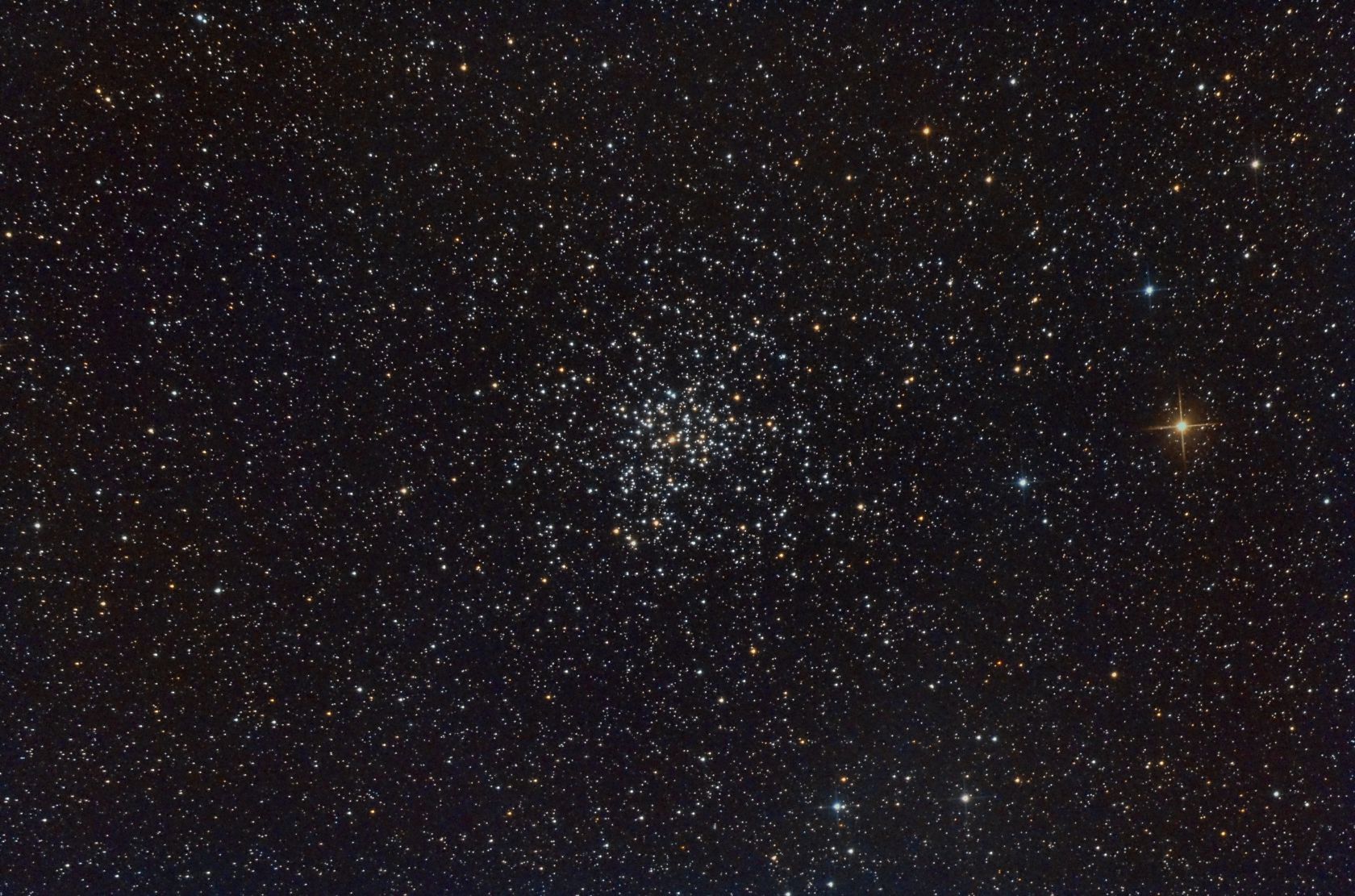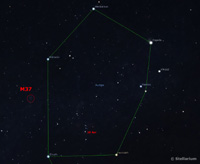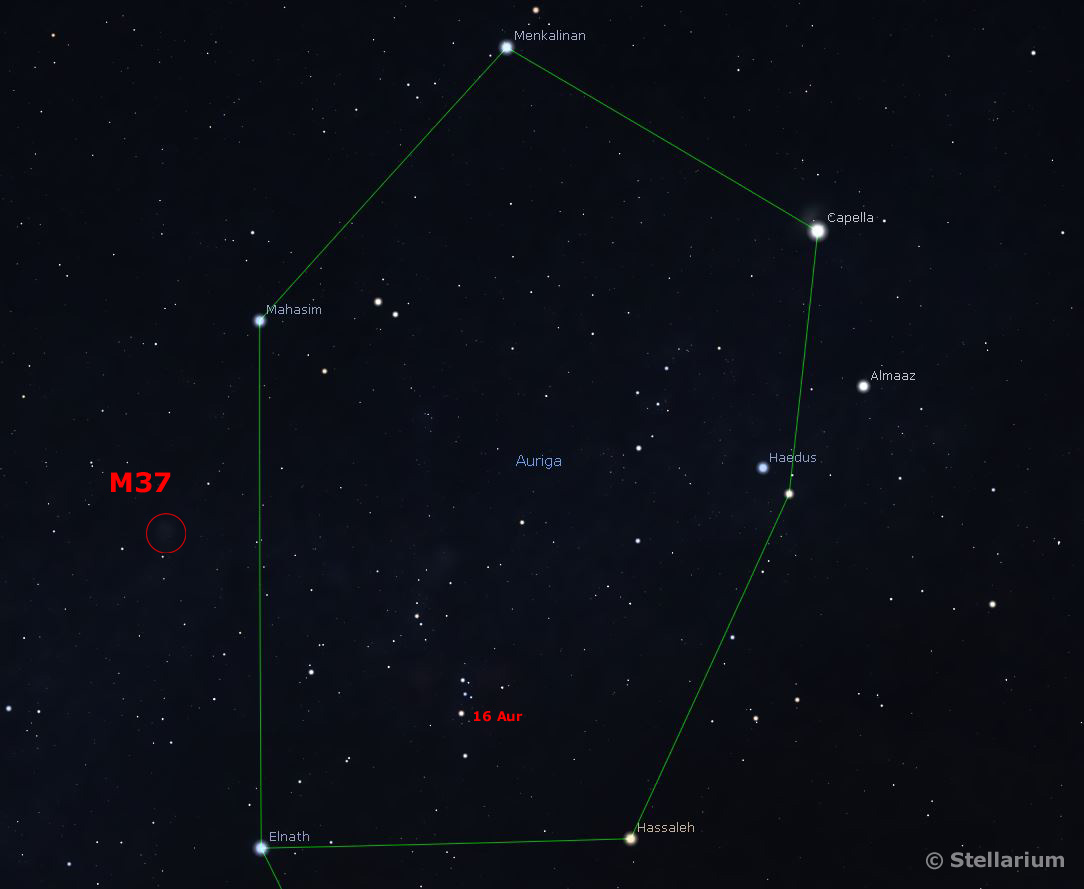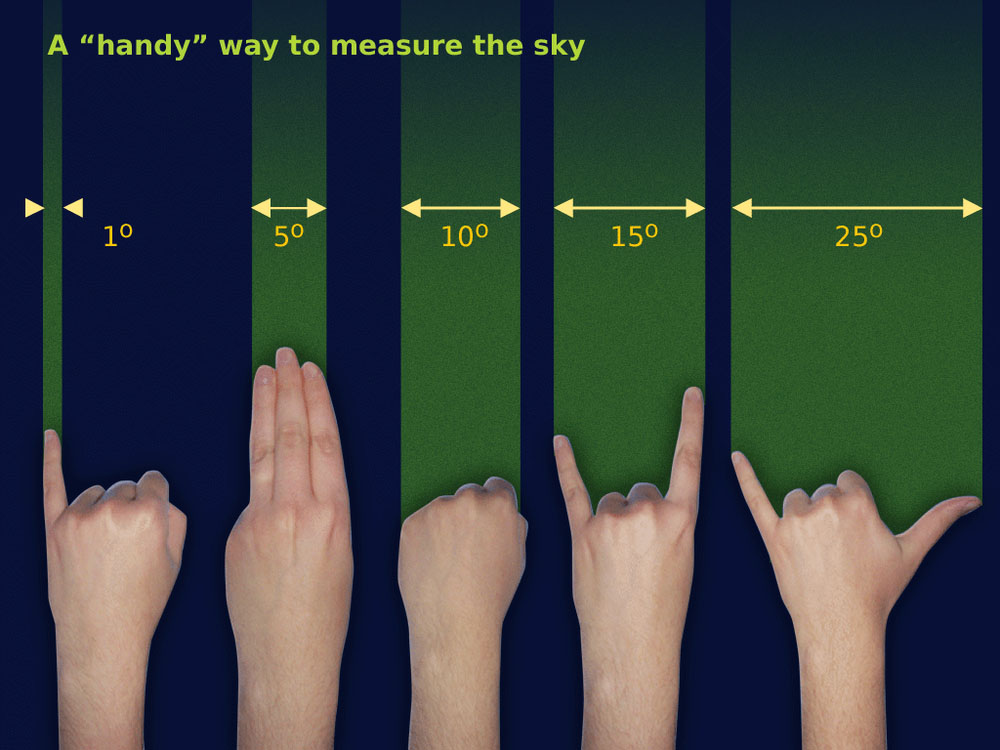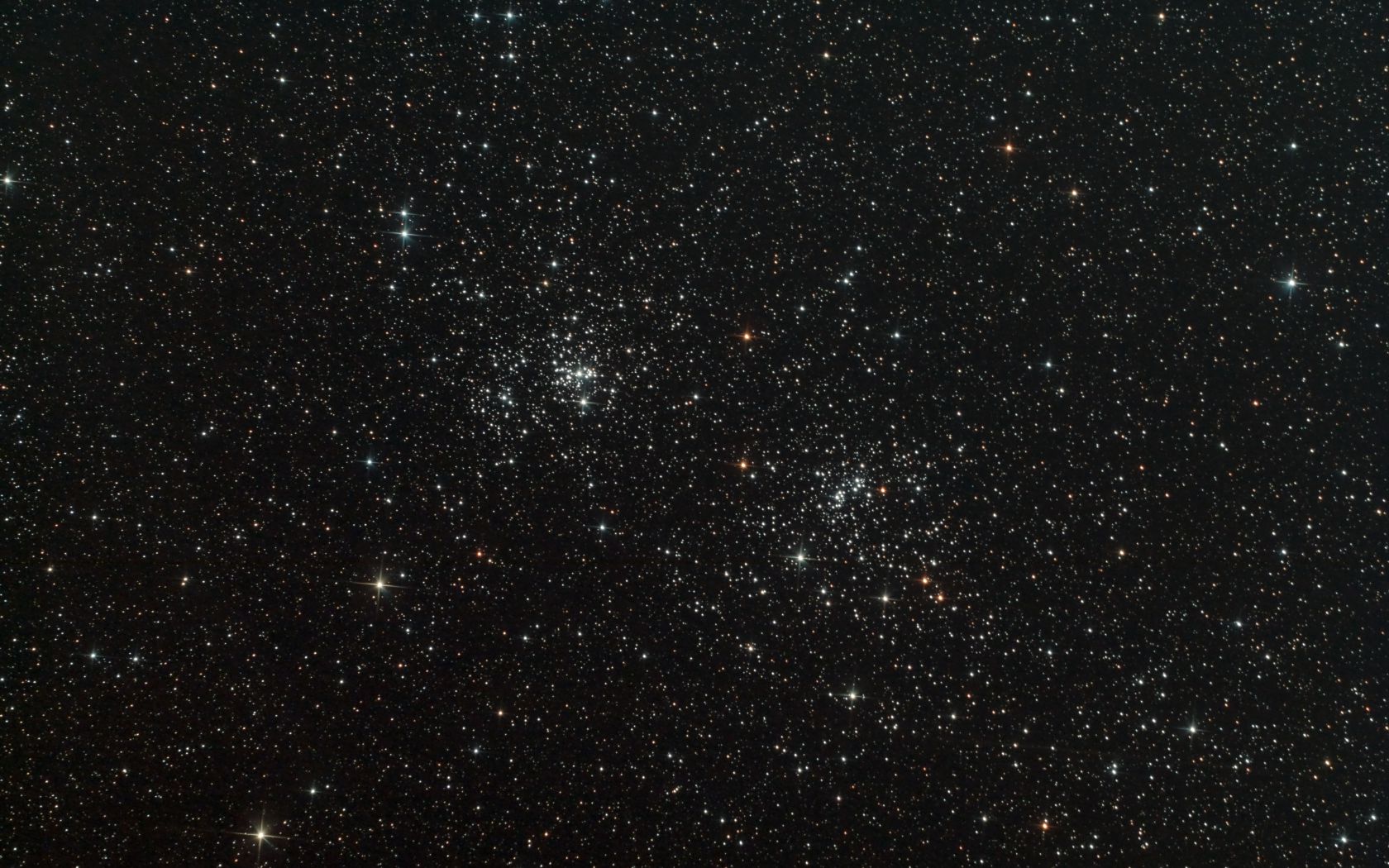Globular Clusters are spherical groups of stars that are tightly bound together by gravity, and which were largely formed early on in a galaxy's evolution. Unlike most clusters, they are found within a spherical halo around the centre of the galaxy rather than in the galactic disc and can contain hundreds of thousands of stars.
In the Milky Way there are about 150 known globular clusters, but other larger galaxies may have more. M31 - the Andomeda Galaxy has around 500, whilst large elliptical galaxies may have thousands.
In a globular cluster the density of stars increases towards the core, and the size of the cluster may have a diameter of about 100 light years.
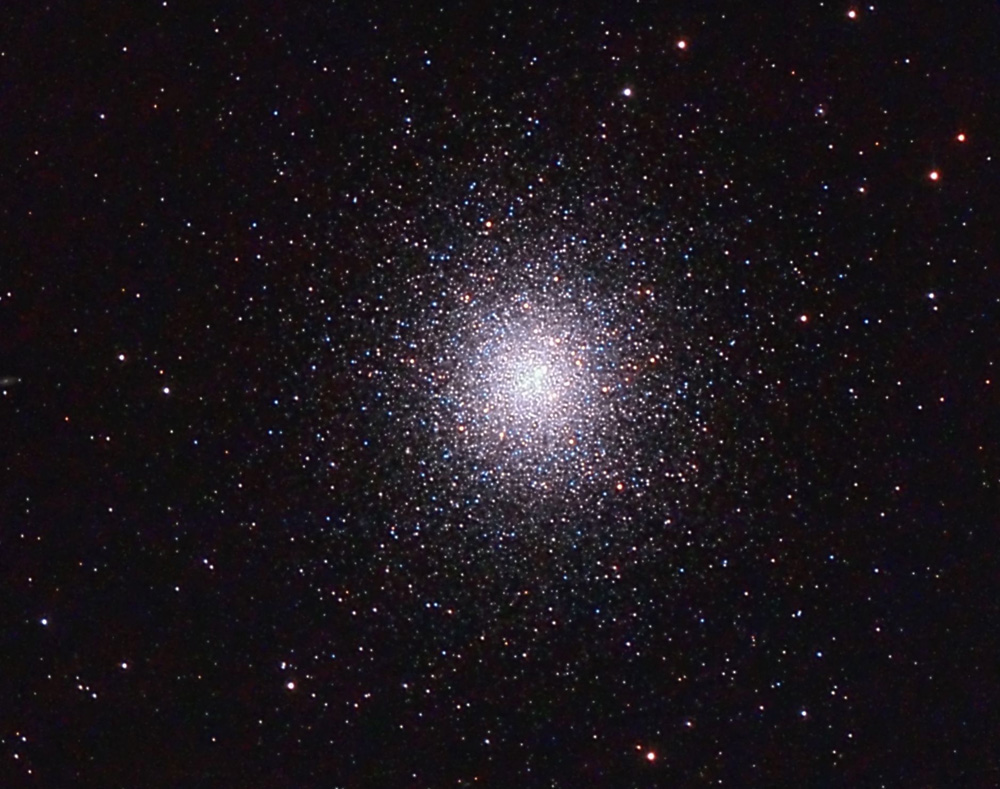
M13 globular cluster
Because globular clusters were formed early on in the galaxies evolution, they are today mostly comprised of old stars typically about 10 billion years old. Any brighter, hotter stars that were formed will already have used up their fuel and their life-cycle ended. Some newer stars, called 'blue stragglers' are still observed however which are thought to have arisen due to stars colliding and merging together within the cluster.
The age of the stars within the cluster can be determined by it's spectrum which show only a low abundance of elements heavier than hydrogen & helium. This indicates that globular clusters mostly consist of older 1st generation stars. It also means that rocky planets like the Eath are much less likely to have been formed due to the lack of elements heavier than helium.
The location of globular clusters in a halo away from the galactic disc means that there is very little to disturb them, so they can exist for a very long time. Some clusters in the Milky Way are however thought to have been stolen from minor galaxies when their galaxies merged with the Milky Way, early on it it's formation.
Because globular Clusters contain stars which are largely the same age & distance to Earth, the distribution of their luminosity and wavelengths can be used to determine the distance from Earth, by fitting the data to the Hertzsprung–Russell (HR) main sequence diagram.
For more information on globular clusters see the Wikipedia entry.
